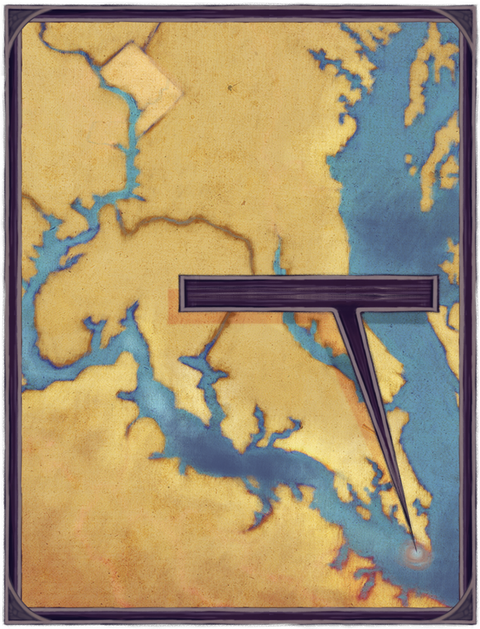ItwasachillyAprilnightin1848.Seventy-sevenenslavedpeoplequietlyslippedawayfromtheirhomes.Theysetoutinsmallgroupstowardasailboat.ItwasanchoredinthePotomacRiverin Washington,D.C.Theshipwascalledthe Pearl.
Itwas13yearsbeforethebeginningoftheAmericanCivilWar.Theseheroicmen,women,andchildrenwereattempting thelargestescapefromslaveryonthe Underground Railroad.
Itwasanambitiousplan.SailsouthonthePotomacRiver,thennorthtoNewJersey.Itwasajourneyofsome36 kilometers(225 miles).
ThePearlhadnotsailedfarbeforethewindsdieddown.Hersailswentflat.Theshipdroppedanchortoavoidbeingpushedbackbythetide.Therewasnothingtodobut wait.
Meanwhile,theslaveownersrealizedthattheir“property”wasgone.Theyformedanarmedposseandbegantosearch.Theyboardedafast‑movingsteamboat.Itsoonfoundthe Pearl.
Theslaveswerecapturedandtakentoajailin Washington,D.C.Anangrymobprotestedtheescape.LoudvoicesintheU.S.CongressspokeoutagainstthePearlescape.But,afewothercongressmencalledfortheendofslaveryinthenation’s capital.
Atthejail,slavetraderspurchasedmostoftheescapedslavesfromtheirowners.Thetraderstookthem southtosellthemforahigh profit.
ThePearlescapemadepeopleawareoftheevilsofslavery.ItalsoinfluencedCongresstoendtheslavetradeinWashington,D.C.,in1850.Then,somehow,thestoryofthePearldisappeared.Iwantedtofindit again.

Washington, D.C.
Maryland
Virginia
Pearl Captured here
Chesapeake
Bay
St
Mary’s
County
Potomac River
AskingQuestions
IwasresearchingthehistoryofWashington,D.C.,whenIfoundanaccountofthePearl.Ilearnedthatthereweretwoteenagesistersonboard,MaryandEmilyEdmonson.Fouroftheirbrotherswerealsothere.IwantedtolearnallIcouldabout them.
IstartedmyhuntforinformationattheHistoricalSocietyofWashington, D.C.
